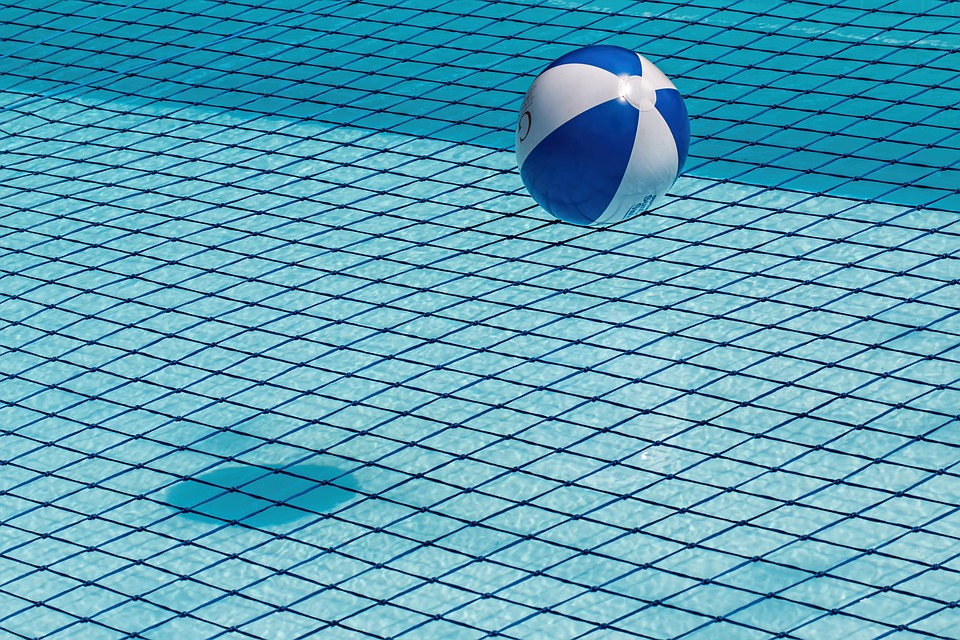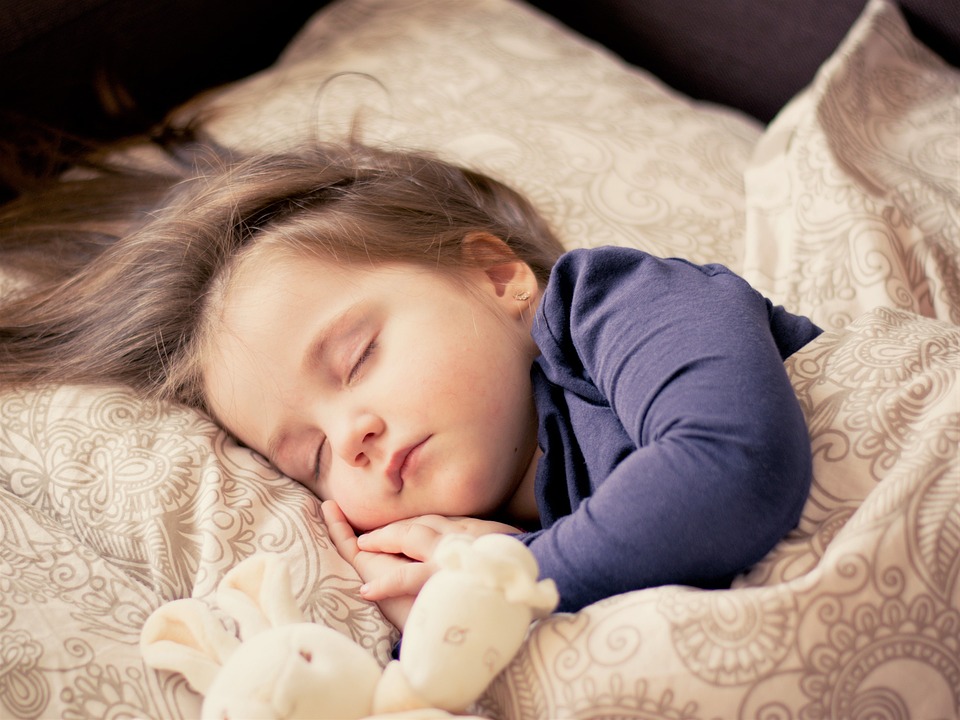While the birth of a baby is the most exceptional experience in any woman's life, it is after the birth of the child that the real work begins. There are many skills that a new mother will have to learn and learn quickly; bottles, diapers and childhood diseases are only a few. Choosing the proper bedding for your baby will be one of the critical decisions you have to make. Common sense and experts both agree that the primary factor in choosing the bedding needs to be safety. Proper bedding is absolutely critical for the safety and comfort of your baby.
To provide both comfort and safety it is imperative that the bedding not be too hard or too soft, improper bedding has been suspected as a possible cause in many cases of sudden infant death syndrome. This has normally been attributed to a very soft mattress. If the mattress is too soft it can cause the infant's mouth and nose to be covered. If this happens then the baby is inhaling the same air they exhale. This can cause a rapid build of carbon dioxide in the babies system. Excessive carbon dioxide can cause drowsiness, coma and even death.
Baby beds come in a large selection of varieties and styles, regardless of the baby bed used it is critical that the bedding properly match the bed. The three types of baby beds are bassinet, cradle and cribs. It is fairly easy to distinguish between the different types of beds? Bassinets are oblong or round baskets that serve as a bed for infants. A crib is a small bed that has very high side walls or railings. The purpose of the high sides or rails is to protect your baby or toddler. Since they can be used until the child is around two years old, cribs are usually considered the more economical choice. A cradle is a small low bed that is normally mounted on rockers, cradles are only good while the child is still an infant. In all of these, the material used to make the bed will help indicate what precautions need to be taken.
In a bassinet, the bedding needs to provide enough space that the baby can roll from side to side. Bassinets are usually full of lacing and trimming which can reduce the actual available space for the baby. Cradles come in a variety of shapes and size, one advantage of the cradle is that it can be rocked to help soothe the baby. There is normally not much bedding used inside of a cradle. Cribs are normally square so you can get a mattress that perfectly fits the dimensions of your crib. The mattress is normally covered with a coverlet and or blankets. You can also include pillows to make your baby more comfortable. Caution should be used not to fill the crib with too many pillows or the baby can stand on them and fall and hurt themselves. Any of the styles of beds can be safely used to keep your child safe and comfortable.
Once you have determined what type of bedding will correctly fit the equipment you have the only other consideration is the pattern and style that you find pleasing.







